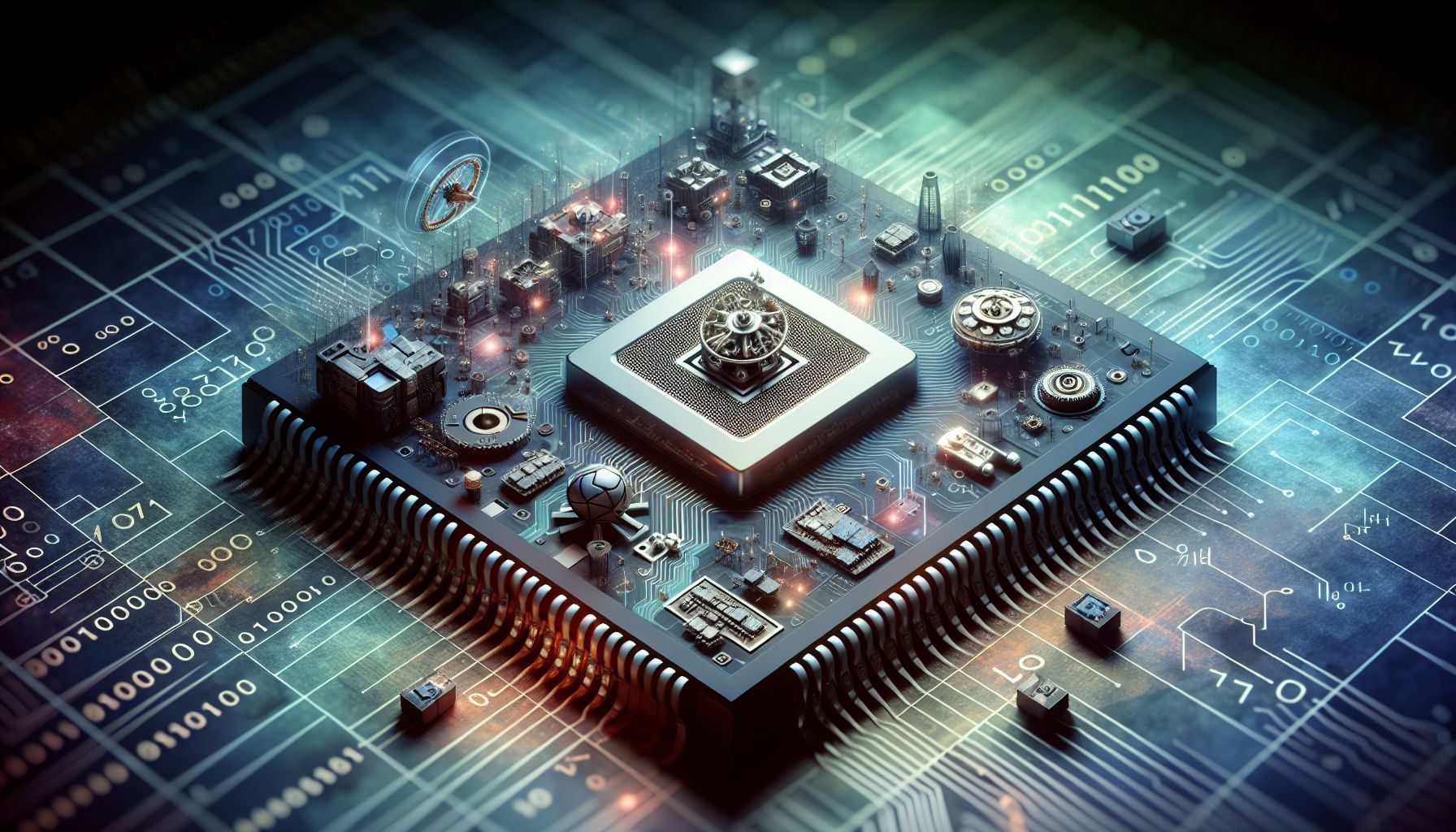📌 Let’s explore the topic in depth and see what insights we can uncover.
⚡ “Imagine a world where we can manipulate atoms to create virtually anything, from cure for diseases to a new phone! Welcome to the future: the era of Nanotechnology!”
Hello future enthusiasts and tech aficionados! Welcome to another deep dive into the fascinating world of nanotechnology. If you’re anything like me, the mere mention of the term ‘nanotechnology’ gets your neurons firing 🧠 and your heart racing. Why? Because nanotechnology is not just a buzzword—it’s a key that unlocks the door to a whole new world of possibilities and advancements. From medicine to electronics, energy, and even environmental protection, its applications are vast and varied. In this blog post, we’re going to take a look at some of the emerging trends in nanotechnology and what they mean for future innovations. So buckle up, folks! We’re about to embark on a journey into the nano-sized world that’s set to make a mega-sized impact on our lives.
1️⃣ Nanomedicine: Healing the Body from Within

"Nano-tech Revolution: Shaping the Future of Innovation"
The first stop on our nanotech tour is the exciting field of nanomedicine. Imagine a world where doctors can target individual cells for treatment, or where drug delivery is so precise that side effects are a thing of the past. Sounds like a sci-fi movie, right? Well, with nanomedicine, this future is closer than you might think. Nanomedicine exploits the tiny size of nanoparticles (we’re talking about 1 to 100 nanometers—smaller than a human hair!) to deliver drugs directly to diseased cells, leaving healthy ones unharmed. This approach can significantly improve the efficacy of treatments, especially in challenging areas like cancer therapy. Moreover, nanotechnology is paving the way for regenerative medicine. Imagine having tiny nanobots repairing your body at the cellular level, or custom-made organs built from the ground up using nanoscale materials. Far-fetched? Perhaps. But it’s a possibility that scientists are actively exploring.
2️⃣ Green Nanotechnology: Protecting the Planet One Atom at a Time
Next up, let’s talk about green nanotechnology. As our planet grapples with environmental challenges like climate change and pollution, scientists are looking at nanotechnology as a potential solution. Nanotechnology can help us develop more sustainable materials and energy-efficient processes. For instance, nanoscale solar cells can convert sunlight into electricity more efficiently than their conventional counterparts. Or consider nanostructured catalysts, which can speed up chemical reactions, reducing the energy required and minimizing harmful byproducts. Moreover, nanotechnology can play a crucial role in water purification. Nanoparticles like graphene oxide can effectively filter out impurities and harmful microorganisms, providing clean drinking water in regions where it’s scarce.
3️⃣ Nanoelectronics: Powering the Future of Tech 📱
In the realm of electronics, nanotechnology is set to revolutionize everything from consumer gadgets to military equipment. Thanks to their tiny size, nanodevices can operate on a much smaller, faster, and energy-efficient scale. Take, for instance, quantum computing. By leveraging the principles of quantum mechanics at the nanoscale, we can potentially create computers that are exponentially more powerful than current models. Nanotechnology is also crucial in the development of flexible electronics—think foldable phones and roll-up TVs. But it’s not just about making things smaller. Nanotechnology can also enhance the performance of devices. For example, researchers are exploring magnetic nanoparticles to increase the storage capacity of hard drives significantly.
4️⃣ Nanomaterials: Building a Better Tomorrow, One Molecule at a Time
Finally, let’s touch upon the vast realm of nanomaterials. 🧩 As for These, they’re materials engineered at the nanoscale to exhibit superior properties—be it strength, lightness, or resistance to temperature and corrosion. Graphene, a single layer of carbon atoms arranged in a two-dimensional honeycomb lattice, is one of the most famous nanomaterials. It’s incredibly strong, lightweight, and an excellent conductor of heat and electricity. From supercapacitors to biometric devices, the potential applications of graphene are mind-boggling. Then there are carbon nanotubes, cylindrical tubes of carbon atoms that are exceptionally strong and flexible. They could be used in everything from sports equipment to spacecraft, revolutionizing their performance and durability.
🧭 Conclusion: A Nano-Sized Key to a Mega-Sized Future
So, there you have it—a glimpse into the exciting world of nanotechnology and its potential implications for future innovations. From fighting diseases to protecting the environment, powering our gadgets, and building the materials of tomorrow, the possibilities are as vast as they are thrilling. Of course, like any technology, nanotechnology comes with its share of challenges and unknowns. But with continued research and careful regulation, the benefits could far outweigh the risks. After all, as the saying goes, “The future belongs to those who believe in the beauty of their dreams.” And in the world of nanotechnology, those dreams are only as small as a nanometer—and as vast as our collective imagination. So, here’s to dreaming big—no, make that nano-big—and embracing the future of innovations. After all, small is not just beautiful—it’s powerful! And in the world of nanotechnology, it’s the future. Stay tuned for more exciting updates from the nano-frontier, and until then, remember: the future is nano-sized!
🚀 Curious about the future? Stick around for more discoveries ahead!
